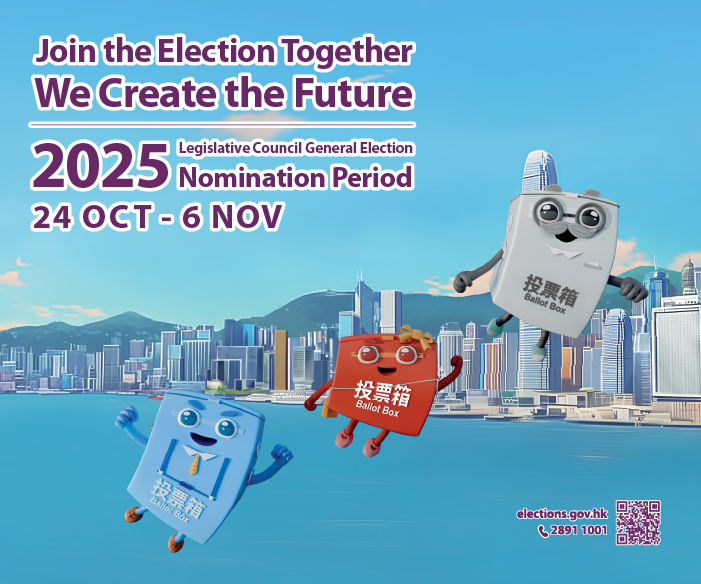Hong Kong is experiencing a charm offensive from South Korea, which is hosting the 2025 Asia-Pacific Economic Cooperation Economic Leaders’ Meeting in Gyeongju — a drive aimed at bolstering the country’s branding campaign and boosting tourism.
The special administrative region is South Korea’s fifth-largest source of overseas tourists, with 570,000 visitor trips made by Hong Kong residents to the country last year, while the Chinese mainland was in top position with 4.6 million visitor trips, followed by Japan’s 3.2 million.
The Korean Tourism Organization (KTO) — a public body to boost the inbound sightseeing market — told China Daily it has been rolling out group travel packages targeting the Guangdong-Hong Kong-Macao Greater Bay Area which has a combined population of 86 million.
But, as there are relatively fewer direct flights from Guangdong province to South Korean cities at present, travelers would have to transit in Hong Kong.
The organization said more region-specific promotions led by KTO’s Guangzhou and Hong Kong offices will be launched in the future.
In a bid to promote tourism, South Korea introduced a 15-day visa-free entry policy for Chinese mainland group tours from Sept 29. The initiative, running until June 30 next year and expected to attract one million visitor trips from the mainland, also covers the duration of this year’s two-day APEC Economic Leaders’ Meeting which starts on Friday.
Prior to the APEC meeting, KTO began a sustained charm offensive to get more visitors from Hong Kong after witnessing a paradigm shift among Hong Kong travelers — from individual travel to group tours.
The organization has introduced various engagement programs for inbound tourists, such as discount promotions for delivery apps and restaurants in South Korea, as well as K-beauty experience events. “Hong Kong visitors are expanding their interest to various areas, such as K-beauty and K-lifestyle experiences,” it said.
KTO hosted the 2025 Korea Travel Carnival at the apm shopping mall in Kwun Tong, Kowloon, on Sept 13 and 24, introducing South Korean attractions, cuisine and entertainment, with Gyeongju and nearby cities, such as Daegu and Busan, highlighted.
A parallel initiative in South Korea — the “Korea Welcome Week” campaign — is distributing tote bags and souvenirs at key entry points, including airports, railway stations and ports from Oct 23 to Nov 9, spanning the period before and after the APEC meeting, to foster a hospitable atmosphere.
The measures have been beefed up in the lead-up to the APEC event.
Alex Lee Chun-ting, general manager of Hong Kong’s Miramar Travel, said he believes the APEC conference has heightened Hong Kong people’s curiosity in exploring South Korea, especially during the current season, when many tourists visit the country to view maple leaves and for skiing.
He said more tourists are prioritizing g local culture over shopping or sightseeing. “Even for group tours, we offer members the freedom to choose restaurants at their leisure during meal times.
Hong Kong itself welcomed 850,000 visitors from South Korea last year — a 109-percent, year-on-year increase.
Secretary for Culture, Sports and Tourism, Rosanna Law Shuk-pui, attended the opening ceremony of the Hong Kong Week 2025@Seoul — an event held in the South Korean capital last month to showcase the SAR’s cultural offers, such as ballet, comics and fashion design.
She said Hong Kong will continue to promote its attractions and major events to South Korean tourists.
South Korea’s efforts are paying off. According to Local media reports, Gyeongju recorded more than 110,000 foreign tourists from Sep 1 to Sep 23 — a 14-percent growth over the same period last year. On arrival at Incheon International Airport, visitors are immediately greeted by the vibe of the APEC meeting.
“As the APEC event approaches, we’ve seen a slight increase in the number of customers,” said a staff member at Dimtao — a street restaurant in a bustling tourism area renowned for its charming alleys filled with cafes, restaurants and stores.
Many shops and attractions in Gyeongju have added multilingual introductions, including in English and Chinese on the Naver Map application — part of a “Be Local Week” campaign organized by Naver — a South Korean technology giant — to help foreign visitors navigate Gyeongju with less language barriers.
Home to UNESCO world heritages Seokguram Grotto and Bulguksa Temple, Gyeongju is no stranger to foreigners.
“The city is beautiful and I wish I could stay for more days,” an Australian tourist surnamed Gallagher told China Daily as he waited for his family members shopping in a cosmetics shop.
Contact the writer at william@chinadailyhk.com



